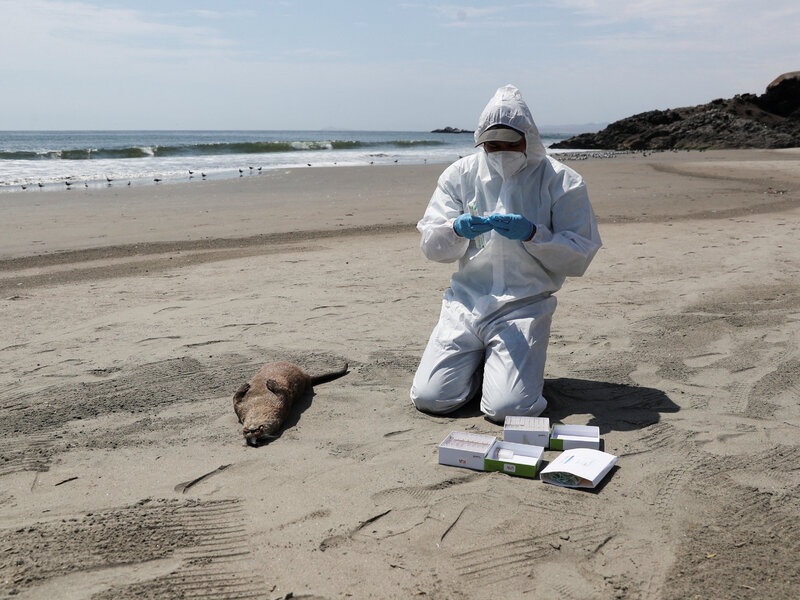Avian flu wave wipes out marine mammals in key colonies

Scientists alarmed as virus jumps from birds to seals and sea lions
Researchers say a fast-spreading strain of avian influenza is now devastating marine mammal populations, raising new fears about how far the virus can jump between species. A fresh survey of the world’s largest population of southern elephant seals found that nearly half of breeding females at key colonies had died in the latest outbreak. Carcasses have piled up along remote coastlines that are normally home to noisy, bustling rookeries, turning them eerily quiet. Scientists who monitor these colonies say the scale of loss is unlike anything they have seen before, and warn that it could take decades for numbers to recover—if recovery is possible at all.
The virus, often called bird flu, has been circulating in wild birds for years and has already killed countless seabirds, poultry and some land mammals. But repeated spillovers into marine mammals suggest it is evolving new pathways to spread. Seals and sea lions are thought to be catching the virus from infected birds or contaminated water, then passing it rapidly through dense breeding colonies. Biologists are scrambling to sample surviving animals and map how the virus is mutating, worried that continued circulation in mammals could eventually make human infections more likely. For now, health agencies stress that the risk to the general public remains low, but they are watching the data closely.
Ecological shock and global surveillance challenges
The die-off carries serious ecological consequences, because top predators like seals and sea lions help shape marine food webs. Losing large numbers of breeding females in a single season can destabilise populations, alter competition for fish and squid, and even change how nutrients cycle between ocean and shore. Communities that rely on wildlife tourism are already feeling the impact, as visitors who once came to see crowded beaches of animals now confront rows of carcasses and lingering odours. Indigenous groups that have long cultural and subsistence ties to these species face both emotional and practical losses as traditional hunting rules and rituals are upended.
The crisis is also exposing gaps in global disease surveillance at sea. Monitoring outbreaks in remote islands and harsh polar environments is expensive and logistically difficult, meaning scientists often arrive after the worst damage is done. Conservation groups are urging governments to fund more routine sampling of wild birds and marine mammals, arguing that early warnings could save both wildlife and, potentially, human lives. Some experts say the avian flu wave should be treated as a climate-era rehearsal for more frequent disease shocks, as warming oceans and shifting migration patterns bring species into new contact. For now, researchers are racing the calendar, trying to learn as much as possible before the next breeding season begins and another vulnerable generation of pups arrives on virus-exposed shores.





















